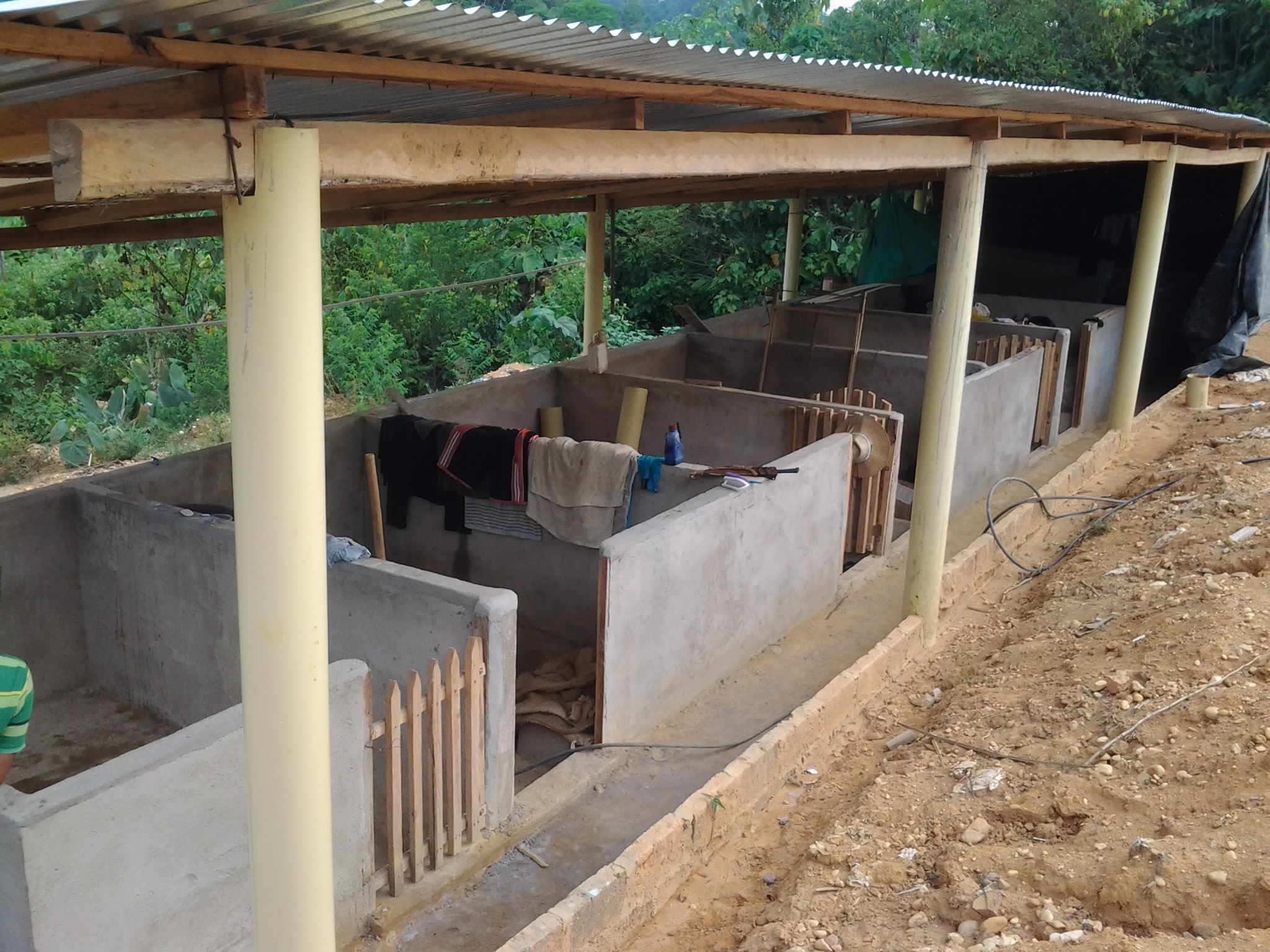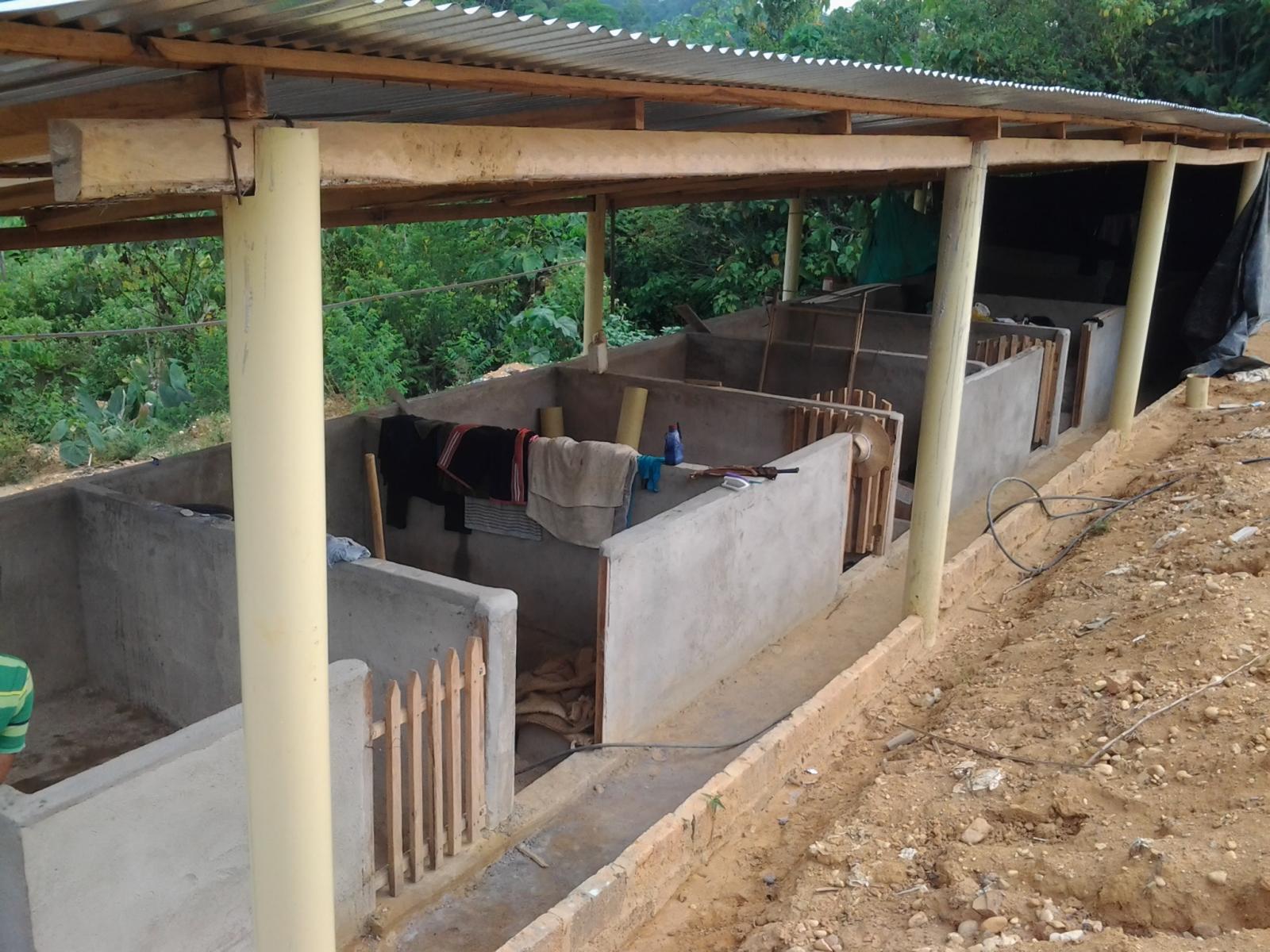An Overview Of Our Solution
- Population Impacted:
- Continent: South America
Organization type
Population impacted
Size of agricultural area
Production quantity
People employed
Describe your solution
Describe your implementation
External connections
What is the environmental or ecological challenge you are targeting with your solution?
Describe the context in which you are operating
The context where the project takes place is in the frame of precarious social conditions of the region, due the abandon in which the rural zones are immersed in Colombia. The analizis of the Socioeconomical, Enviromental and participative surveys (ESAP for the initials in spanish), aplied in the context of the diagnosis for the actualization of the present susteinable development plan of the Peasant Reserve Zone, showed that the principal ocupations for the sustain of the families in the ZRC are the agriculture (23,32%), the wood explotation (6,44%), and the mining (3,86%). Similarly, the existence of public services in the ZRC is quite low, this leads to the 40% of the population have any kind of access to water, but the lack of sewerage reaches almost 93% so the conditions are, for themselves, an environmental problem that generates a detriment in the quality of peasants’s lifes. In the educational part, 68.92% of the population does not have any level of schooling, and only 8,55% gets to end highschool
How did you impact natural resource use and greenhouse gas emissions?
Language(s)
Social/Community
Water
Food Security/Nutrition
Economic/Sustainable Development
Climate
Sustainability
The implementation of technological structures on communitarian farms has depended on subsidies in a context in which environmental concern is a priority issue both in the public agenda and in the ZRC-VRC Sustainable Development Plan which has been a guarantee for the implementation of the solution. However, the investment has been amortized quickly, and therefore sustainable, due to the lack of need for maintenance that implies economic resources and the exit of products as an economic activity based on the biofertilizers and organic fertilizers that result from the implementation of the biofactory In this way, once the technological package has been implemented, no more economic resources have been required for its sustainability,
Return on investment
Entrant Banner Image

